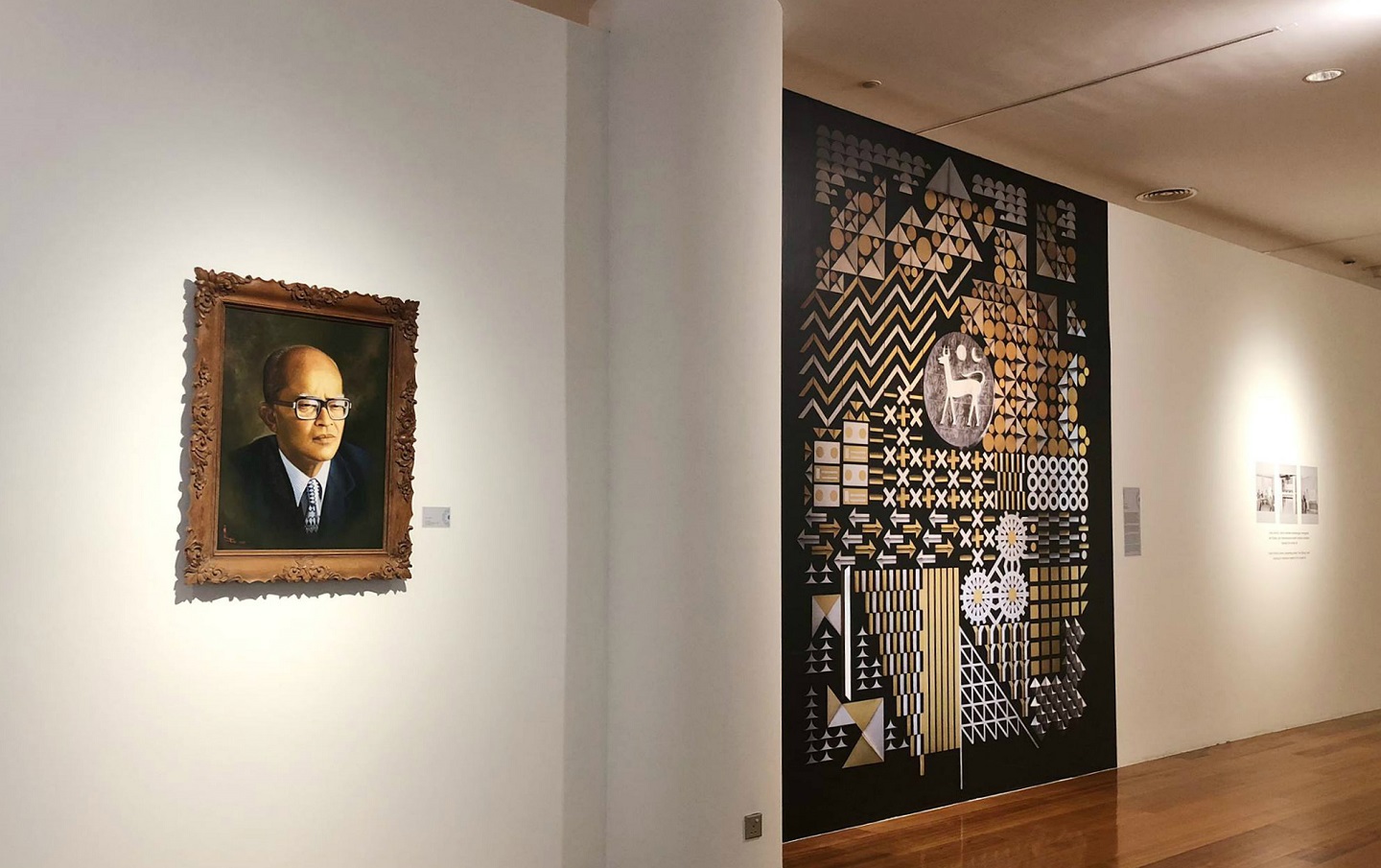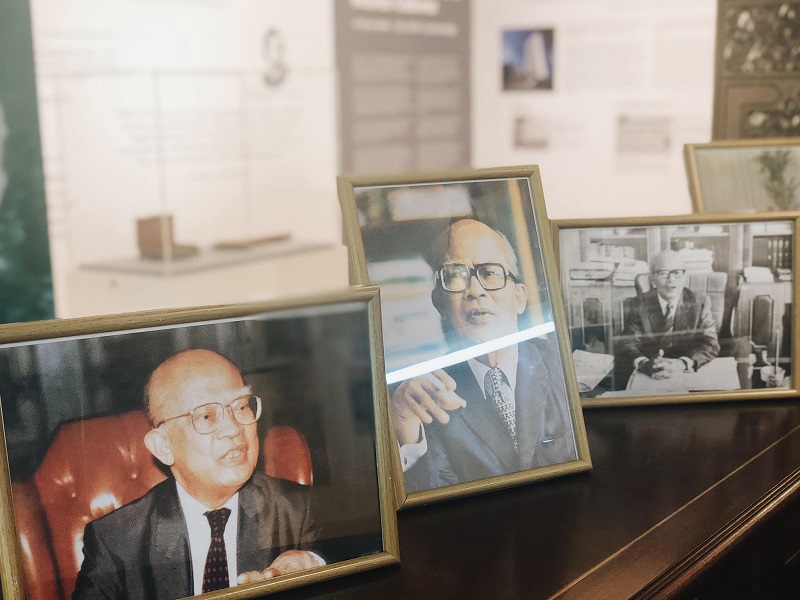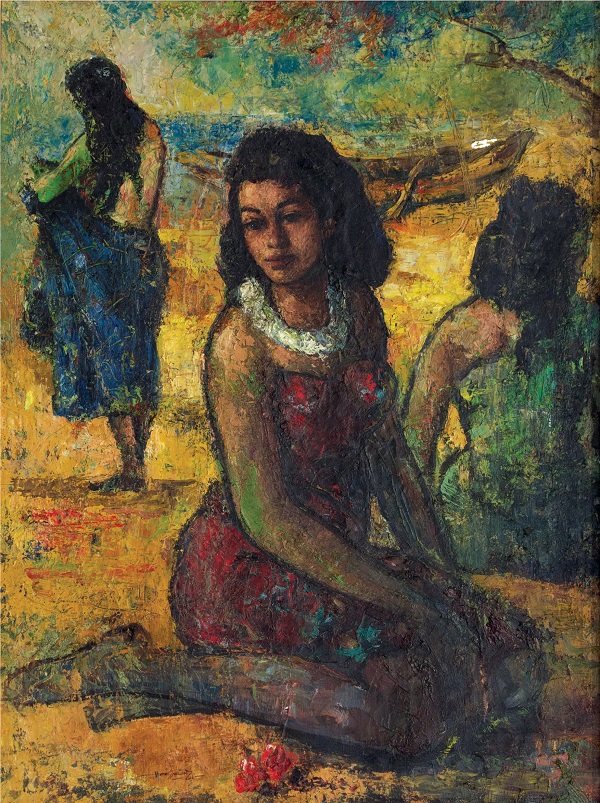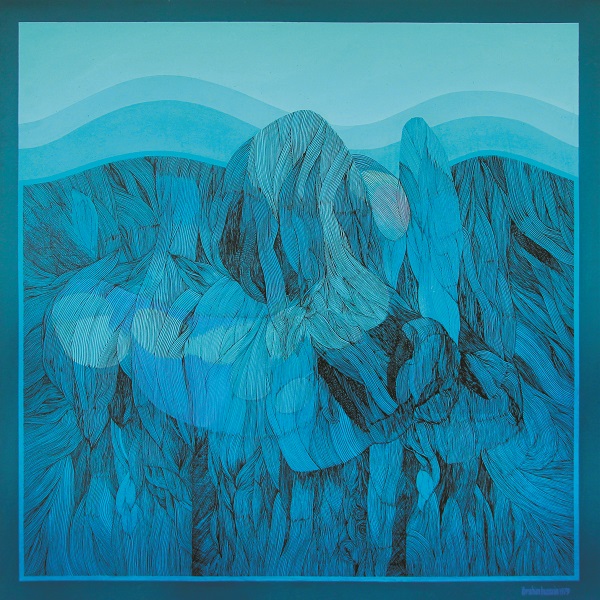
The exhibition chronicles the life of a man who, by all accounts, was eminently deserving of this tribute (Photo: Bank Negara Museum and Art Gallery)
Proclaiming anyone a paragon of virtue is to bestow considerable responsibility on fallible shoulders. Doing so posthumously, however, allows for the wisdom of hindsight in assessing strength of character. And to the directors of Bank Negara Museum and Art Gallery, the late Tun Ismail Mohamed Ali was found worthy.
To celebrate what would have been the 100th birthday of the first Malaysian governor of Bank Negara Malaysia on Sept 16, the exhibition titled Tun Ismail Ali: Paragon of Trust and Integrity chronicles the life of a man who, by all accounts, was eminently deserving of this tribute. The Memorial section highlights his early life, career development and life after the governorship with over 140 personal and professional artefacts. The Art section features a selection of 22 works acquired between 1962 (when he initiated the bank’s art collection) and 1980, validating his endorsement of then emerging artists who would later become some of the most prominent names in Malaysian art.
A wander through the Memorial section is worth your while, if only to attempt to understand the calibre of this larger-than-life personality. It opens with his family — he was one of 13 children and used to chide his sister Tun Dr Siti Hasmah for not reading enough — and Ismail’s time at Cambridge, where he read law and economics, followed by his stellar career as a civil servant. Excerpts of a diary kept during his tenure in Washington are featured on a wall, as well as praise of his character: “He was an economics man, number one. Number two, I thought he was a very honest man,” Tunku Abdul Rahman is quoted as saying.

Panels detail his prolific achievements as governor, such as shaping the national financial system by expanding local banks, issuing our first currency and commissioning the late sculptor Abdul Wahab Haji Tahir to design the Bank Negara logo. Artefacts include a Parker 51 fountain pen, a golf set and life-sized recreations of his offices at the central bank and Permodalan Nasional Bhd, where he served as its first chairman. Books abound throughout, and among the titles displayed are leather-bound first editions of War and Peace and The Basic Works of Sigmund Freud.
Little here indicates a quiet but keen interest in the arts, evinced only in cursory mentions. The aforementioned diary, for instance, records that Ismail used to attend exhibitions in Washington and reportedly even then kept abreast with the art industry back home. There are black-and-white photographs of him speaking with Ibrahim Hussein at an exhibition by the latter in the 1960s, who, alongside Latiff Mohidin and Syed Ahmad Jamal were among his favourite Malaysian artists.
The journey of the arts runs parallel to the narrative of the economic development of the country, says the museum’s head curator, Noreen Zulkepli. “We can measure the progress of a nation in the artistic techniques and subjects as much as economic and financial structures,” she says. “It took chats with various sources to unearth Ismail’s interest in art; he was very modest about it. Not many people outside the family knew. His patronage of the local art industry and his delicate tastes were thought to be a manifestation of his values — integrity, nationalism, forward thinking.”

There are no records to defend Ismail’s initiative to have the bank invest in art but the mandate continues till today. A 1981 oil portrait by Pak Yanto opens this section of the exhibition and depicts the famously stoic Ismail with a serious but not unkind expression, frowning slightly in thought.
Evident in the 22 works here that Ismail himself acquired for the museum is his interest in abstract art, the economic activities of the time and the recurring motif of the kijang or barking deer, referenced in the bank’s logo. An untitled piece by Yan Sook Leong from the 1960s shows silver worked to portray a collage of economic and leisurely pursuits, from logging and ploughing the fields to a group playing with a wau. A kijang sits at the heart. Hu Te Hsin created a scene featuring women and a child walking through a rubber plantation on batik while Yee Chin Ming mimicked the setting in oil with a bold palette and angular structures.
Ibrahim Hussein features heavily, from a quirky aerial abstract of a carpark during a snowfall and Figure and Scope (1979), a wide expanse of what looks like a tangle of furling leaves in sections of colour and monochrome, to a study in blue that is Genting (1974). Latiff Mohidin’s Demon (1965) and Shipwreck (1964) are reproductions with the original works on loan for the Latiff Mohidin: Pago Pago exhibition at Ilham Gallery.

A muted watercolour of a tin mine by Cheung Chen Sun, the vivid Wayang Kulit oil painting by Long Thien Shih, Tan Peng Hooi’s landscape of a bustling Penang harbour — the subjects and aesthetics vary widely but all are skilfully produced by names who were then only at the beginning of their artistic journeys.
The endorsement extended by Ismail, especially with the weight of the bank behind it, would have done wonders for their careers but as he kept this particular pursuit quiet, we may never discover how he developed his eye and taste, or what gave him his convictions. Pressed to guess, the curators speculate that he might have believed that the national bank had an interest in promoting and advancing local art, and foresaw the value of investing in these artists and their works.
Considering how private Ismail was, the exhibition succeeds in comprehensively tackling the externalities of his life. Those who knew him are generous in their praise — Tan Sri Zeti Akhtar Aziz and Tun Dr Mahathir Mohamad included — and they speak of a man understood through his actions. We who did not know him now see a man who was diligent, visionary and well-travelled, proven by a massive green jar half-filled with souvenir matchboxes he had collected over the years from airplanes and hotels. It is an idiosyncratic end to the story of a relatively unsung national icon who, despite the rich legacy he has left for the country, remains to us an enigma.
'Tun Ismail Ali: Paragon of Trust and Integrity', Bank Negara Museum and Art Gallery, Level 1, Sasana Kijang, 2 Jalan Dato' Onn, KL. Until Dec 31. 03 9179 2784. Daily, 10am-6pm. This article first appeared on Dec 10, 2018 in The Edge Malaysia.


